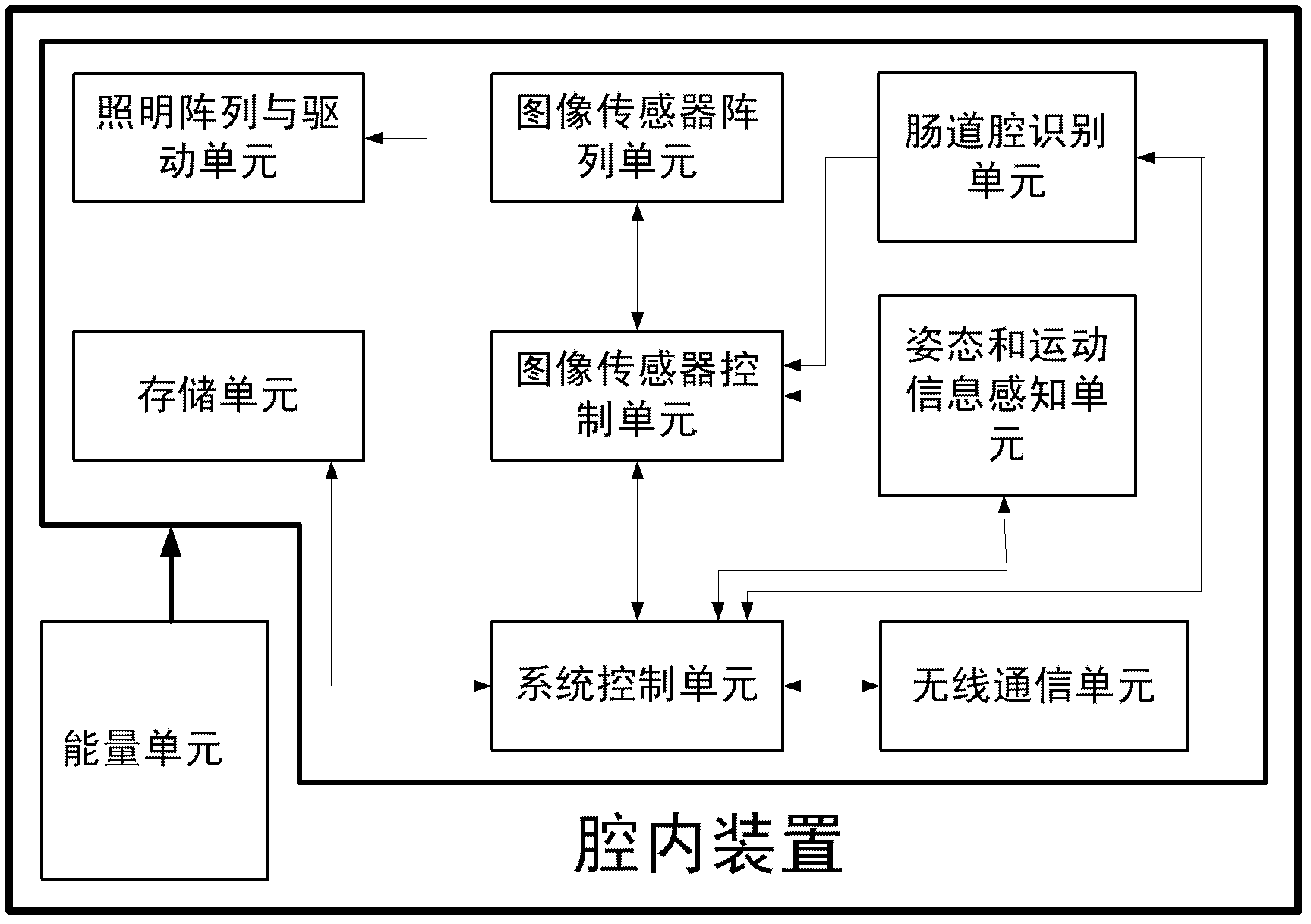Two-dimensional plane representation method for images of alimentary tract
A two-dimensional plane, digestive tract technology, applied in image data processing, 2D image generation, instruments, etc., can solve problems such as limited effect, splicing effect, and no solution to the impact of the shooting angle of the intestinal cavity, so as to facilitate the understanding of the image , The effect of improving the efficiency of reading pictures and reducing the difficulty of work
- Summary
- Abstract
- Description
- Claims
- Application Information
AI Technical Summary
Problems solved by technology
Method used
Image
Examples
Embodiment 1
[0066] This embodiment provides a feasible method for forming a two-dimensional plane representation of an intestinal image, and the method flow is as follows figure 2 shown.
[0067] Classify the read images, that is, divide the images into turbid images and non-turbid images. The turbid images are those images whose intestinal wall information is covered by food residues and turbid liquid in the intestine. The purpose of image classification is to remove these Part of the image, because the cloudy image is not helpful for doctors to diagnose.
[0068] The classification can adopt the feature-based pattern classification method, and the method flow is as follows:
[0069] (1) Extract the color histogram of the read image.
[0070] (2) For the RGB three channels of the read image, each channel adopts 8 bins, and an 8 bin of each image is obtained 3 dimension vector as its feature vector.
[0071] (3) Using a support vector machine (SVM) method to train the feature vectors...
Embodiment 2
[0125] An embodiment of the present invention provides a feasible method for forming a two-dimensional plane representation of an intestinal image, and the scheme flow is as follows Figure 7 shown.
[0126] The process of this embodiment is basically the same as that of Embodiment 1, that is, a large number of images can be divided into several subsets according to the attitude information attached to each captured image, and then each image of each subset can be processed sequentially and finally merged. The difference is that the method adopted in this embodiment after obtaining the image subset is to map the image, and the method of mapping adopts the method of grid division, and the process is as follows:
[0127] (1) Determine the geometric dimensions of the two-dimensional plane representation: determine the final two-dimensional plane representation based on information such as the angle of view of the camera in the wireless balloon endoscope, the image resolution, the...
PUM
 Login to View More
Login to View More Abstract
Description
Claims
Application Information
 Login to View More
Login to View More - R&D
- Intellectual Property
- Life Sciences
- Materials
- Tech Scout
- Unparalleled Data Quality
- Higher Quality Content
- 60% Fewer Hallucinations
Browse by: Latest US Patents, China's latest patents, Technical Efficacy Thesaurus, Application Domain, Technology Topic, Popular Technical Reports.
© 2025 PatSnap. All rights reserved.Legal|Privacy policy|Modern Slavery Act Transparency Statement|Sitemap|About US| Contact US: help@patsnap.com



